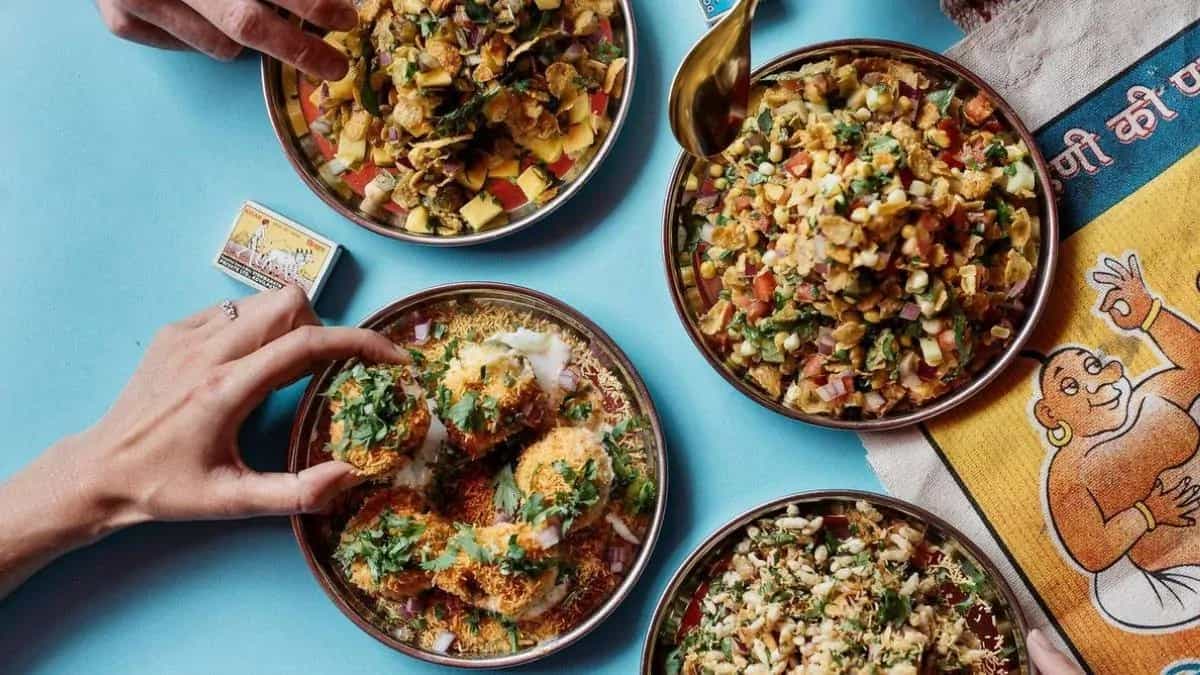Having his Asheville, North Carolina, eatery Chai Pani named 2022's Most Outstanding Restaurant by the James Beard Foundation this June thrust Chef Meherwan Irani into the global spotlight. But Irani, a self-taught cook who came to the US in the '90s to pursue an MBA, and his brand have been steadily moving from one success to the next since Chai Pani opened its doors in 2009.
Even before the James Beard win, Irani had been included in TIME magazine's list of people who were changing the (American) South. Oprah (yes, Winfrey) had selected Spicewalla — Irani's line of packaged small-batch Indian spices — as one of her favourite things. Irani had expanded his food empire beyond the flagship Chai Pani outlet to a second one in Decatur, and three other restaurants. He was responsible for conceptualising and hosting the "Brown In The South" dinner series, which invited chefs and diners to view food through the lens of their identity and culture. Rapper Ludacris featured Irani on an episode of his cooking show, where they traded banter over the former's near botching of a chicken dish.
Chai Pani's popularity can be seen in the long queues that form 25-30 minutes before it even opens, to ensure they get one of the precious first-come, first-served seats at the table. (Reservations are not part of restaurant policy; if the waitlist is too long, then the staff lets prospective diners know, so they can make other arrangements.) Outdoor and indoor seating at the Asheville branch is charming, though indoors has the additional benefit of the quirky, colourful interiors that a Bloomberg profile described as reminiscent of a "Mexican cantina". The service at Chai Pani is warm, friendly, quick and efficient, and the typical meal costs between $11-30.
And then there is the food itself. Chai Pani, as the name indicates, specialises in street food. An array of chaat items are available here, including the SPDP (sweet potato dahi puri), Sloppy Jai (a play on the Sloppy Joe, this is a twist on the keema pav served in Iranian eateries in India; the original's minced mutton is replaced with lamb), Okra Chips and more. The choice of street food is a nod both to Irani's years in Mumbai and Pune, and to his ideology of keeping the food he serves as democratic as possible.
 (Left: Irani at the James Beard Foundation awards; Right: Entrance to Chai Pani)
(Left: Irani at the James Beard Foundation awards; Right: Entrance to Chai Pani)
Irani grew up in Maharashtra's Ahmednagar. His grandmother opened a guesthouse for pilgrims to the town (many from the West) who were there to pay obeisance to spiritual guru Meher Baba. His mother cooked a variety of dishes for her foreign guests, dipping into Indian and Western flavours, techniques and styles as the mood (and available time and resources) took her.
When Irani went to the US for his higher studies, he missed not only "ghar ka khana" but also the street food/chaat of his formative years. When his mother visited him in the US, he undertook to master the basics of Indian cooking. From his mother, he learned how to swap ingredients for what was locally and abundantly available.Eating out, however, could still be a one-dimensional experience. Indian restaurants in the US tended to predominantly serve a homogenised Mughlai menu; ideas of Indian cuisine synonymised it with "curry". Irani found this strange. Visits to a smattering of dhaba style eateries in smaller American towns convinced him that there was a market for a different type of Indian food. And so, in 2009, Irani left his corporate job in California and with his wife Molly, moved to Asheville to launch Chai Pani.
Chai Pani is a contrast not only to the Mughlai/curry club, but also the other iteration of Indian food that has made its way across the western world: its reshaping according to the fine dining trends du jour — from molecular gastronomy to deconstructed plating etc. Irani hasn't stinted on innovation but there's a commitment to abiding by the ethos of street food and what it is supposed to be. There is no lack of imagination either in Irani's conceptualisation of the dishes served, but there is a clear emphasis on "story" and "meaning" rather than incorporating change willy-nilly for its own sake or for the benefit of appearing intrepid/radical. There is no "cult of the chef" here: just good food, prepared and served in the best possible way.
In the final analysis, this is perhaps what makes Chai Pani — and Irani — truly revolutionary.


